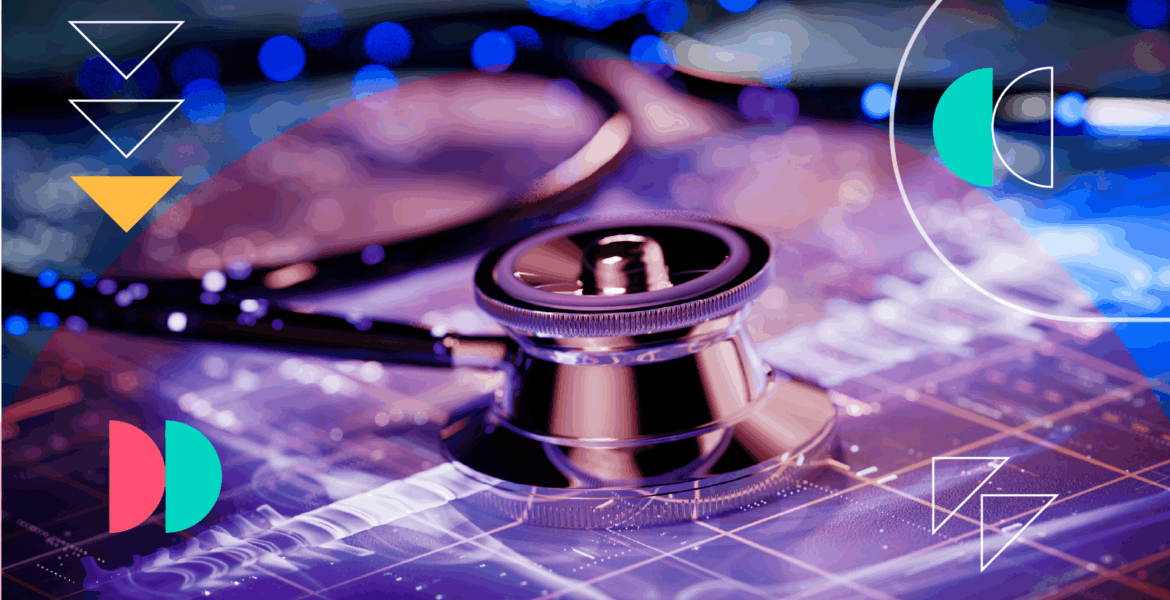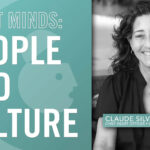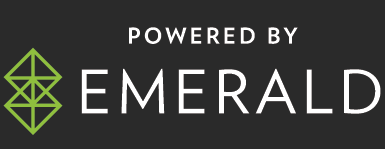An Inteview with Shez Partovi
By Francesco Pagano, Senior Partner, Jakala
Is AI really on our side – we, humans? Can AI help us evolve one of the most strategic businesses that we have as a global community, namely healthcare? The industry is valued at over $20 trillion today, and it’s probably one of those human activities that can, for real, change the lives of millions, if not billions, of people, as it’s all about their health, our health. Is technology going to help us all to be healthier and, especially, more caring, as we deploy advancements like GenAI and AI agents across the places where healthcare is practiced and celebrated, from hospitals to research centers?
This is why I (FP) sit down with the innovation leader of one of the most important manufacturers of healthcare devices, Philips, an $18+ billion health technology leader, whose offerings span from B2B to B2C. This is the summary of our exchange, which took place during Viva Tech, one of the most important tech fairs globally.
Q: Who are you and what do you do for a living?
My name is Shez Partovi, and I am the Chief Innovation Officer at Philips, and the Chief Business Leader for Healthcare Informatics. I have been a practicing physician and a university professor, then worked at amazon (AWS), before joining Philips, where I spent the past four years and a half.
Q: What job did you want to do, when you were a kid?
I loved to use my hands, when I was a kid. I have always been technically inclined, doing for example lot of woodworks. I wanted to do some pragmatic work. What I do today involves experimentation, so I am not that far away from my childhood dreams.
Q: Tell me a couple of real-life use cases of AI applied to your offering, and how this is changing the world of healthcare.
AI can do a lot of things, as it has intelligence. I am going to give you two examples, where AI can automate things and augment human capacity.
Let’s start with automation. Take ultra-sound devices for the heart. Today it takes 20 minutes to scan someone’s heart, then the practitioner needs to go through the scans, find the right images, click through the outputs of the machine, outlining the parts of the heart of interest for the medical exam. This is like doing photoshop, if you will, and it takes another 20 minutes. That’s a perfect example, where AI can automate and speed up the process, reducing the entire operation to 20 minutes maximum. The boring and low value-added bits of the exam are performed better and more efficiently by a machine, so that we can perform more exams per day.
A second example is a case of augmentation. A radiologist needs to look at images, for example chest CT (computed tomography) scans, looking for cancer spots. AI can find those spots faster and better, and it points them out to the radiologist. It’s advanced visualization, which is at least 26% faster in finding cancerous areas, with the added ability to identify lesions more easily but especially earlier.
We will continue to apply AI to our whole portfolio. It’s something that we are doing now. Our toothbrushes are AI-powered. This is what we have been doing for a long time. Philips presented its first AI enriched solution (able to do tip tap toe) already in 1957, so for us it’s not new news.
Q: So, what is innovation at its core for you?
Innovation means solving clinical problems. It starts from the bed side, listening to doctors and patients. Our goal is to solve critical problems for our customers. Innovation is a pain killer, more than a vitamin. Innovation is experimentation. It involves a lot of pushing our knowledge into the unknown. True innovation is able to scale and have an impact.
At Philips, innovation happens within the various business units themselves. 80% of our innovation programs is a co-creation exercise within each business unit, so it’s very much close to what the business and the market needs. We are constantly working on it, to improve our offering in each of our lines of business. It is innovation embedded in the relationship with customers.
Then, the remaining 20% is breakthrough innovation. It’s the innovation that nobody has thought of or asked for. We have over $1.7 billion invested into this part of our innovation agenda. It involves a lot of AI and software development, about 50% is focused on software and data science, and it’s done by a central team, dispersed across the globe.
Q: Are you optimistic or pessimistic about the future, knowing where AI and tech will go?
This is an amazing time to be alive. We had four revolutions in our human history: agricultural, industrial, digital, and now the intelligence revolution. A computer can do work for us and with us that we never imagined and hoped for. I am extremely optimistic. There is a lot of uncertainty, for sure, but we can change things. We can change healthcare.
We can evolve healthcare and our health, so it seems, if we take good care of the way we use technology in one of the most delicate industries that we created. AI, particularly, can automate and augment, making every device, exam, treatment and medical experience better, faster and impactful. Physicians will still be needed, to make sure those experiences will still feel human, access is given to more and more people, and the allocation of limited resources is not unfair.








